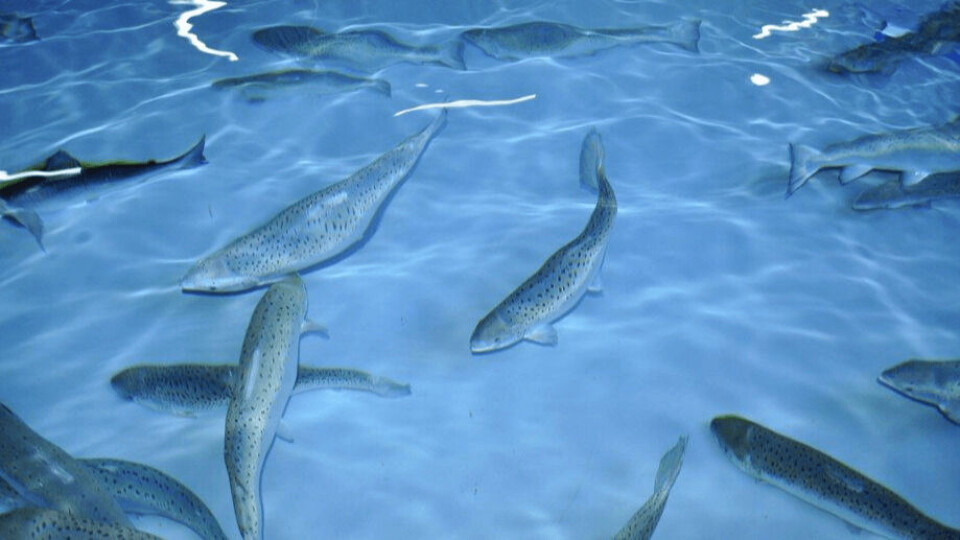
Dense stocking seen to cause weight loss in trout
Chilean scientists discovered that chronic stress due to high stocking densities activates proteolytic mechanisms in the skeletal muscle of rainbow trout, leading to weight loss. Proteolysis is the breakdown of proteins into smaller polypeptides or amino acids.
Various factors during the phases of the salmonid production process can trigger a stress condition, affecting the growth and health of the fish.
Skeletal muscle is one of the tissues affected by stress conditions. The degradation of proteins in this tissue is vital for the supply of energy mediated by different proteolytic pathways such as the ubiquitin-proteasome system (UPS), the autophagy-lysosome (ALS) and the calpain / calpastatin system (CCS).
However, according to the authors of a new study, the regulation of this proteolytic axis under conditions of crowding stress is still not entirely clear.
In this context, experts from the Pontifical Catholic University of Valparaíso, Andrés Bello University, Marina Quintay Research Centre and Incar decided to evaluate the effect at the molecular level of overcrowding in these three processes (UPS, ALS and CCS) in juvenile trout rainbow
To do this, they divided the fish into two groups, where one group was kept at a high culture density (30kg / m³), and the other group was kept at a low density (10 kg / m³). Blood and muscle samples to evaluate various genes related to UPS, ALS markers and CCS transcripts, were taken at 15, 45 and 60 days of the experiment.
Weight loss
Looking at the results, the scientists determined that cortisol levels increased, accompanied by weight loss within 45 days of overcrowding. Furthermore, UPS only increased at 15 days at high density, while ALS activation was observed at 60 days. On the other hand, the CCS was inactive throughout the trial.
“These data suggest that stress conditions, such as overcrowding, promote muscle breakdown in a time-dependent manner through up-regulation of UPS in the early stages of chronic stress and by activating ALS in stress at long term,” the researchers explained.
With their results, the authors indicated that the study will allow a functional analysis to be carried out to determine in a more detailed way the effect of stress on skeletal muscle physiology, as well as on animal welfare in rainbow trout.
Read the full study entitled “Effects of crowding on the three main proteolytic mechanisms of skeletal muscle in rainbow trout (Oncorhynchus mykiss)” here.
This article first appeared on Fish Farming Expert’s Chilean sister site, salmonexpert.cl.




















































